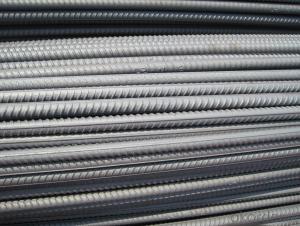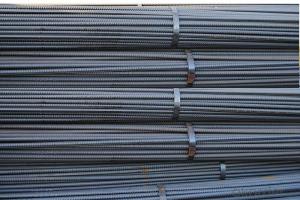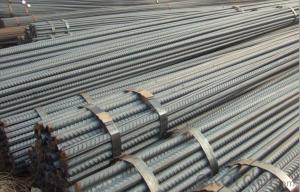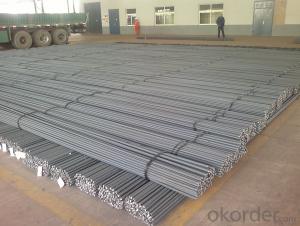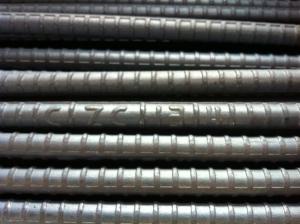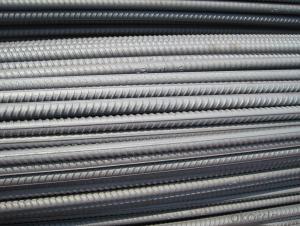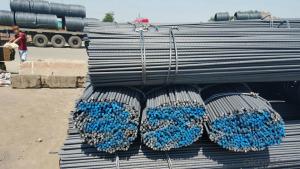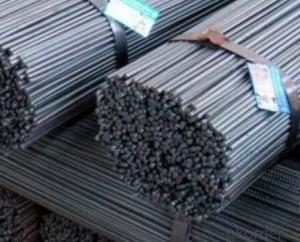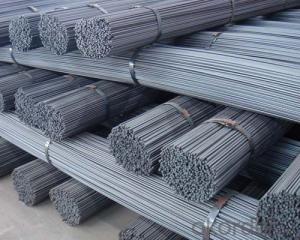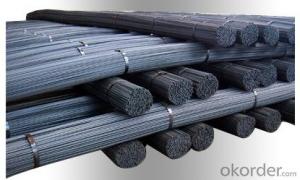All Categories
- - Steel Wire Rod
- - Steel Coils
- - Steel Profiles
- - Steel Pipes
- - Stainless Steel
- - Tinplate
- - Special Steel
- - Steel Sheets
- - Steel Rebars
- - Steel Strips
- - Hot Rolled Steel
- - Cold Rolled Steel
- - Pre-painted Steel
- - Seamless Steel Pipe
- - Welded Steel Pipe
- - Hollow Steel Tubes
- - Galvanized Pipe
- - Stainless Steel Coil
- - Stainless Steel Sheet
- - Stainless Steel Plate
- - Stainless Steel Strips
- - Electrolytic Tinplate Coil
- - Electrolytic Tinplate Sheet
- - Stainless Steel Rebars
- - Solar Panels
- - Solar Water Heater
- - Solar Related Products
- - Solar Inverter
- - Solar Cells
- - Solar Light
- - Solar Energy Systems
- - Solar Controllers
- - Solar Mounting System
- - Solar Pump
- - Solar Chargers
- - Fiberglass Chopped Strand
- - Fiberglass Mesh Cloth
- - Composite Pipes
- - FRP Pultrusion Profiles
- - Fiberglass Mat Tissue
- - Fiberglass Fabrics
- - Fiberglass Mesh
- - Composite Tank
- - Fiberglass Mesh tape
- - Polymer
- - FRP Roofing Panel
- - Fiberglass Roving
- - Monolithic Refractories
- - Ceramic Fiber Products
- - Refractory Bricks
- - Raw Materials For Refractory
- - Suspended Platform
- - Cranes
- - Concrete Machinery
- - Earthmoving Machinery
- - Building Hoist
- - Road Building Machinery
- - Plastic Pipe Fittings
- - Plastic Tubes
- - Plastic Sheets
- - Agricultural Plastic Products
- - Plastic Nets
 All Categories
All Categories
Q & A
How do construction codes and regulations influence the use of steel rebars in different regions?
Construction codes and regulations play a significant role in the use of steel rebars in different regions. These codes and regulations are developed to ensure the safety, stability, and durability of structures. They dictate the specific requirements for materials, including steel rebars, such as their composition, dimensions, and quality standards. Depending on the region, these codes may vary, leading to different specifications for steel rebars. For instance, seismic-prone areas may have stricter regulations for reinforcement to withstand earthquakes. Consequently, the use of steel rebars in different regions is heavily influenced by the specific construction codes and regulations in place.
How are steel rebars protected during transportation to the construction site?
Steel rebars are protected during transportation to the construction site through various methods such as wrapping them in plastic sheets or using wooden crates/cages to prevent any damage from external factors like moisture, dust, and physical impact. Additionally, securing the rebars tightly to the transportation vehicle and ensuring proper handling practices further safeguard them during transit.
What is the impact of improper lap splicing on the structural integrity of steel-reinforced concrete beams?
Improper lap splicing in steel-reinforced concrete beams can have a significant impact on their structural integrity. Lap splicing is the process of overlapping steel reinforcement bars to provide continuous strength along the length of the beam. When done improperly, it can lead to reduced load-carrying capacity, increased risk of cracking, and decreased resistance to bending and shearing forces. This can compromise the overall stability and safety of the structure, potentially leading to structural failure or collapse. Therefore, ensuring proper lap splicing techniques is crucial to maintain the structural integrity of steel-reinforced concrete beams.
How do you weld steel rebars together?
To weld steel rebars together, you need to follow these steps:
1. Clean the rebar surfaces thoroughly to remove any dirt, rust, or contaminants.
2. Position the rebars in the desired arrangement, ensuring they are properly aligned and secured.
3. Use a welding machine, typically a shielded metal arc welding (SMAW) or gas metal arc welding (GMAW) equipment, with the appropriate electrode or filler wire for steel.
4. Set the welding machine to the recommended settings for steel rebar welding.
5. Start the welding process by striking an arc at the joint between the rebars and maintain a steady welding speed.
6. Apply the welding electrode or filler wire to the joint, creating a molten pool that fuses the rebars together.
7. Move the electrode or filler wire along the joint, ensuring proper penetration and fusion.
8. Continue welding until the desired length or area is covered, making sure to maintain consistent bead shape and quality.
9. Allow the welded rebar joint to cool down slowly to prevent excessive stress or cracking.
10. Inspect the welded joint for any defects, such as lack of fusion or cracks, and perform any necessary repairs if required.
Wholesale Steel Rebars from supplier in Palau
We are a Steel Rebars supplier serving the Palau, mainly engaged in the sale, quotation, and technical support services of various Steel Rebars products in the Palau region. We are a subsidiary platform of the Fortune Global 500 company CNBM, able to provide you with one-stop Steel Rebars procurement services in the Palau. Not only do we have a wide range of Steel Rebars products, but after years of market development in the Palau, we can also provide valuable experience for your projects.
